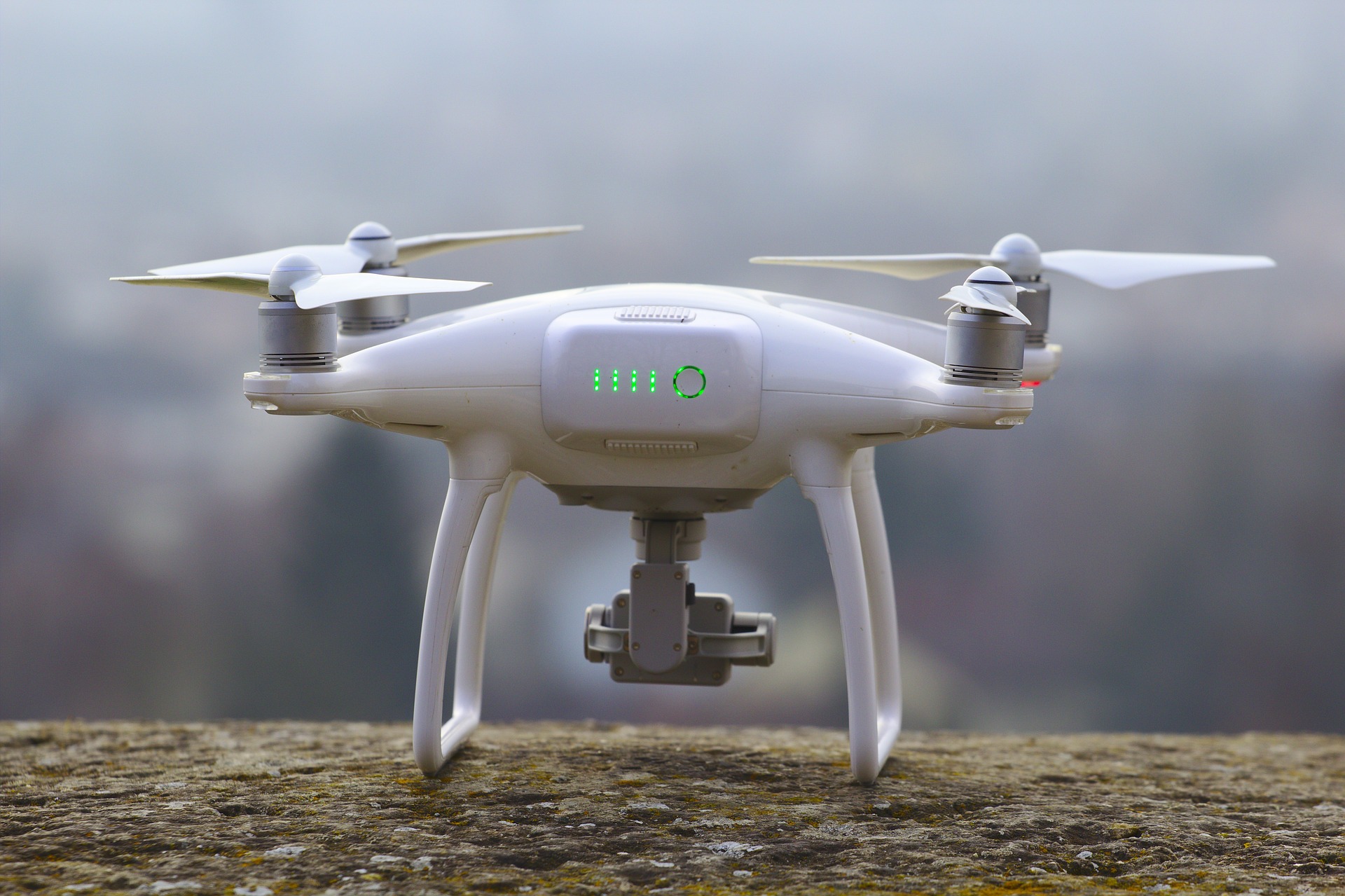A Beginner's Guide to Flying Drones: Navigating FAA Regulations and Safety
Drones have revolutionized aerial photography, videography, and recreational flying, captivating enthusiasts worldwide. As these unmanned aerial vehicles become increasingly popular, it's crucial for beginners to understand the regulations and best practices for safe and legal drone operation. This comprehensive guide will walk you through the essential aspects of flying drones, from FAA regulations to practical tips for novice pilots.

-
Registration: All drones weighing between 0.55 lbs (250 grams) and 55 lbs must be registered with the FAA.
-
Pilot Certification: Recreational flyers must pass The Recreational UAS Safety Test (TRUST), while commercial operators need to obtain a Remote Pilot Certificate.
-
Airspace Restrictions: Drones must not be flown in restricted airspace, near airports, or above 400 feet without proper authorization.
-
Visual Line of Sight: Pilots must maintain visual contact with their drone at all times during flight.
-
No-Fly Zones: Drones are prohibited in certain areas, such as national parks, military bases, and stadiums during events.
How can beginners prepare for their first drone flight?
Before taking your drone for its maiden voyage, proper preparation is key to ensure a safe and enjoyable experience:
-
Read the manual: Familiarize yourself with your drone’s features, controls, and limitations.
-
Choose an appropriate location: Select a wide-open area away from people, buildings, and obstacles.
-
Check the weather: Avoid flying in strong winds, rain, or low visibility conditions.
-
Inspect your equipment: Ensure batteries are charged, propellers are secure, and all components are in good condition.
-
Learn basic controls: Practice hovering, ascending, descending, and basic maneuvers in a safe environment.
-
Install necessary apps: Download the manufacturer’s app and airspace information apps like B4UFLY to check for restrictions.
What are some essential safety tips for flying drones?
Safety should always be the top priority when operating a drone. Here are some crucial tips to keep in mind:
-
Perform pre-flight checks: Inspect your drone and surroundings before each flight.
-
Maintain a safe distance: Keep your drone away from people, animals, and property.
-
Be aware of your surroundings: Watch for obstacles, power lines, and changing weather conditions.
-
Respect privacy: Avoid flying over private property or capturing images without permission.
-
Monitor battery levels: Land your drone before the battery is critically low.
-
Fly during daylight hours: Avoid flying at night unless your drone is equipped with proper lighting.
-
Stay sober: Never operate a drone under the influence of alcohol or drugs.
How can beginners improve their drone flying skills?
Mastering drone flight takes practice and patience. Here are some strategies to enhance your skills:
-
Start with a beginner-friendly drone: Choose a model with stability features and crash resistance.
-
Practice in simulator apps: Many manufacturers offer flight simulator apps to hone your skills risk-free.
-
Learn basic maneuvers: Master hovering, figure-eights, and precision landing before attempting advanced moves.
-
Join a local drone community: Connect with experienced pilots for advice and guidance.
-
Take an online course: Enroll in drone piloting courses to learn advanced techniques and safety procedures.
-
Experiment with camera settings: If your drone has a camera, practice adjusting settings to capture better footage.
What are common mistakes beginners should avoid?
As a novice drone pilot, being aware of common pitfalls can help you avoid costly errors:
-
Overestimating skills: Don’t attempt complex maneuvers or fly in challenging conditions until you’re ready.
-
Ignoring wind conditions: Strong winds can quickly overpower smaller drones, leading to loss of control.
-
Relying too heavily on obstacle avoidance: While helpful, these systems aren’t foolproof and shouldn’t replace vigilance.
-
Flying beyond visual line of sight: Maintaining visual contact is crucial for safe operation and legal compliance.
-
Neglecting software updates: Regular firmware updates often include important safety features and performance improvements.
-
Skipping calibration: Proper calibration of sensors and GPS is essential for stable flight.
What equipment should beginners consider for safe drone flying?
Investing in the right equipment can significantly enhance your drone flying experience and safety:
-
Propeller guards: These protect the propellers and reduce the risk of injury or damage during collisions.
-
Extra batteries: Extended flight time allows for more practice and reduces the temptation to push battery limits.
-
Landing pad: A portable landing surface provides a clean, stable area for takeoffs and landings.
-
Carrying case: Protect your drone during transport and storage with a dedicated case.
-
ND filters: For drones with cameras, neutral density filters help capture smoother footage in bright conditions.
-
Safety vest: A high-visibility vest identifies you as the drone operator, enhancing safety in public areas.
| Equipment | Purpose | Estimated Cost |
|---|---|---|
| Propeller Guards | Protection during collisions | $15 - $30 |
| Extra Batteries | Extended flight time | $40 - $150 per battery |
| Landing Pad | Clean, stable takeoff/landing surface | $20 - $40 |
| Carrying Case | Protection during transport | $30 - $200 |
| ND Filter Set | Improved video quality | $30 - $100 |
| Safety Vest | Operator identification | $10 - $20 |
Prices, rates, or cost estimates mentioned in this article are based on the latest available information but may change over time. Independent research is advised before making financial decisions.
Flying drones can be an exhilarating and rewarding hobby when approached with the right knowledge and respect for safety and regulations. By understanding FAA rules, prioritizing safety, and continually improving your skills, you’ll be well on your way to becoming a responsible and proficient drone pilot. Remember, the key to success lies in patience, practice, and always putting safety first.





